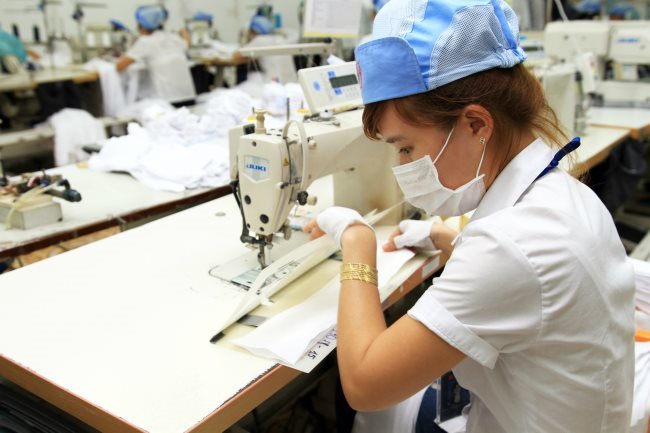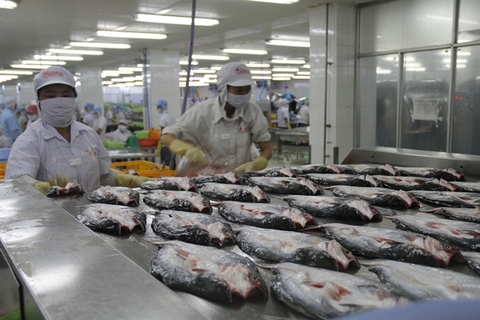Textile-garment export target looks unobtainable
Textile-garment export target looks unobtainable
The textile-garment sector may fail to reach its export target this year, as export revenues from apparel products to date have totaled US$29.24 billion, or 74% of the full-year target. Meanwhile, many textile-garment firms have yet to secure enough orders for this year.

According to the Vietnam Textile and Apparel Association (VITAS), the number of orders received so far in 2019 was equal to only two-thirds of those in the same period in 2018.
The United States was Vietnam’s largest importer of textile and garment products in the nine-month period, with revenues of US$11.5 billion, followed by Europe with US$4.4 billion, China with US$3.1 billion and Japan with over US$3 billion, news site VnEconomy reported.
The Vietnam National Textile and Garment Group (Vinatex) has forecast to export nearly US$2.9 billion worth of textile and garment products this year, reaching only 97.6% of its target.
Vinatex attributed the situation to complicated developments in the global economy, especially the ongoing United States-China trade war.
According to a report on import-export performance in the January-September period by Vinatex, most Vinatex subsidiaries have yet to sign enough orders for this year. Only Viet Tien has reached its target of orders for 2019, while other large firms, such as May 10, Duc Giang, Hoa Tho and Hanosimex, only have orders through November.
Customers seem hesitant to place long-term orders due to the volatility of the global economy. In addition, orders for Chinese products tend to be shifted to other countries with more tax incentives, such as Bangladesh and Cambodia, instead of Vietnam.
Vinatex’s subsidiaries reported export revenues of US$2.1 billion in the January-September period this year, up 2% year-on-year and reaching 70% of the full-year target. Their inventories were valued at nearly US$7 billion, up 0.03% over the same period last year.
As for the cotton market, the cotton price plunged in the nine-month period to some 60 U.S. cents per pound, with lower global economic growth negatively affecting cotton sales.
In addition, late last year and the first quarter of this year witnessed a decline in both demand and prices of fiber products.
Vinatex’s report also showed that local fiber enterprises have been placed in jeopardy, as they have faced obstacles in competing with rivals from India, Thailand, Indonesia and Pakistan, as well as foreign direct investment firms.




















